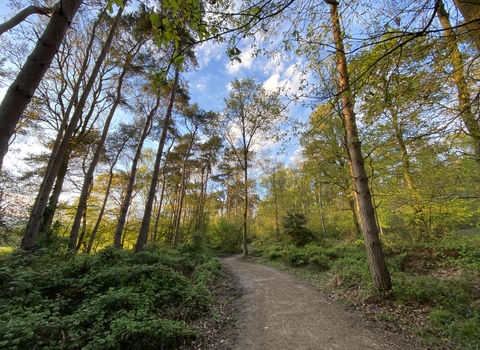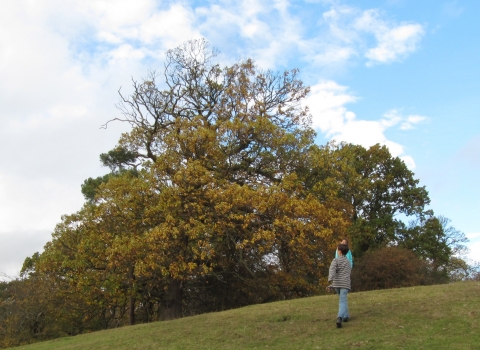Stitchwort and bluebells in Hampton Wood by Andy Brough
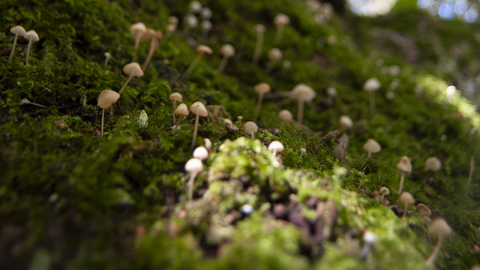
Hampton Wood by Steve Cheshire
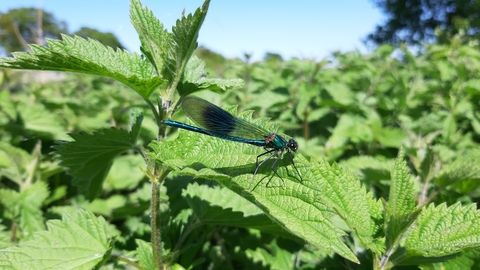
Nick Feledziak
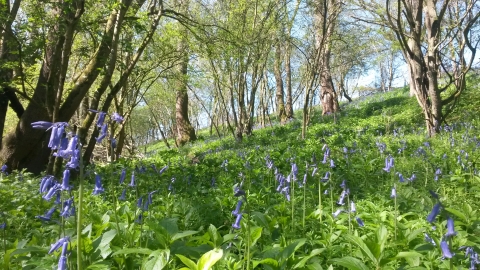
Tim Precious
Hampton Wood & Meadow
Location
Know before you go
Dogs
When to visit
Opening times
Open to members onlyBest time to visit
March to OctoberAbout the reserve
Boasting a beautiful carpet of wild flowers in spring, this reserve is famed for its primroses, which mingle with bluebells, wood anemone and lesser celandine. Red campion and foxglove flower alongside ground-ivy and yellow archangel.
What might you spot?
Damp-loving ferns and liverworts appear along the stream’s banks and rare lichens grow on some trees. Over 200 species of fungi emerge here, from morels to giant puffball and shaggy parasol. Twenty-eight butterfly species live in these woods including white-letter and purple hair streaks, white admiral and holly blue.
For those who love the little creatures, over 500 species of beetle have been discovered here and the woods are abundant with dragonflies and damselflies.
This is a great reserve to spot birds with woodcock over-wintering here and spring welcoming many warblers. Sparkling blue kingfishers are regularly seen as they dart into the River Avon for fish. The flood meadow has many wetland and marsh plants including hemlock, creeping buttercup and meadowsweet, and plays home to a colony of breeding toads.
Love wildlife? Become a member and make a difference on your doorstep
As a member, your subscription will help look after local wildlife and our amazing nature reserves across Coventry, Warwickshire and Solihull. You'll receive a range of benefits, including free entry to over 65 local nature reserves, with member only free car parks where available, and our Wild Warwickshire magazine three times a year.

